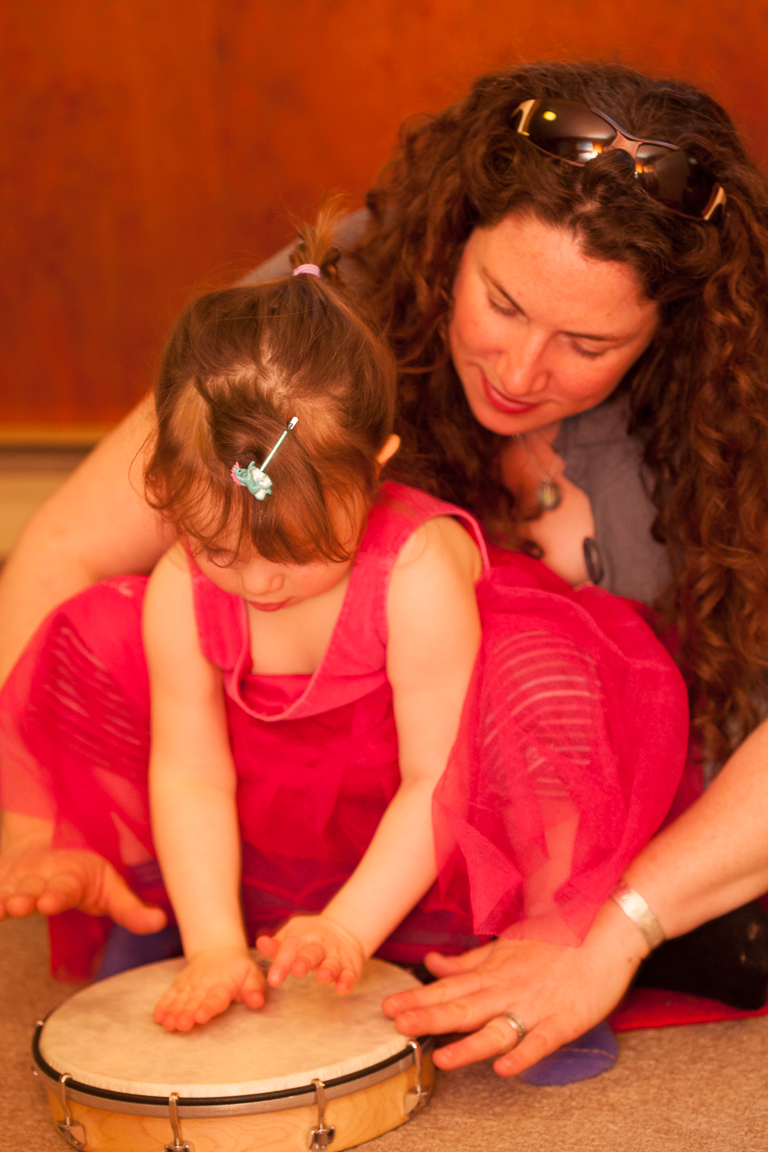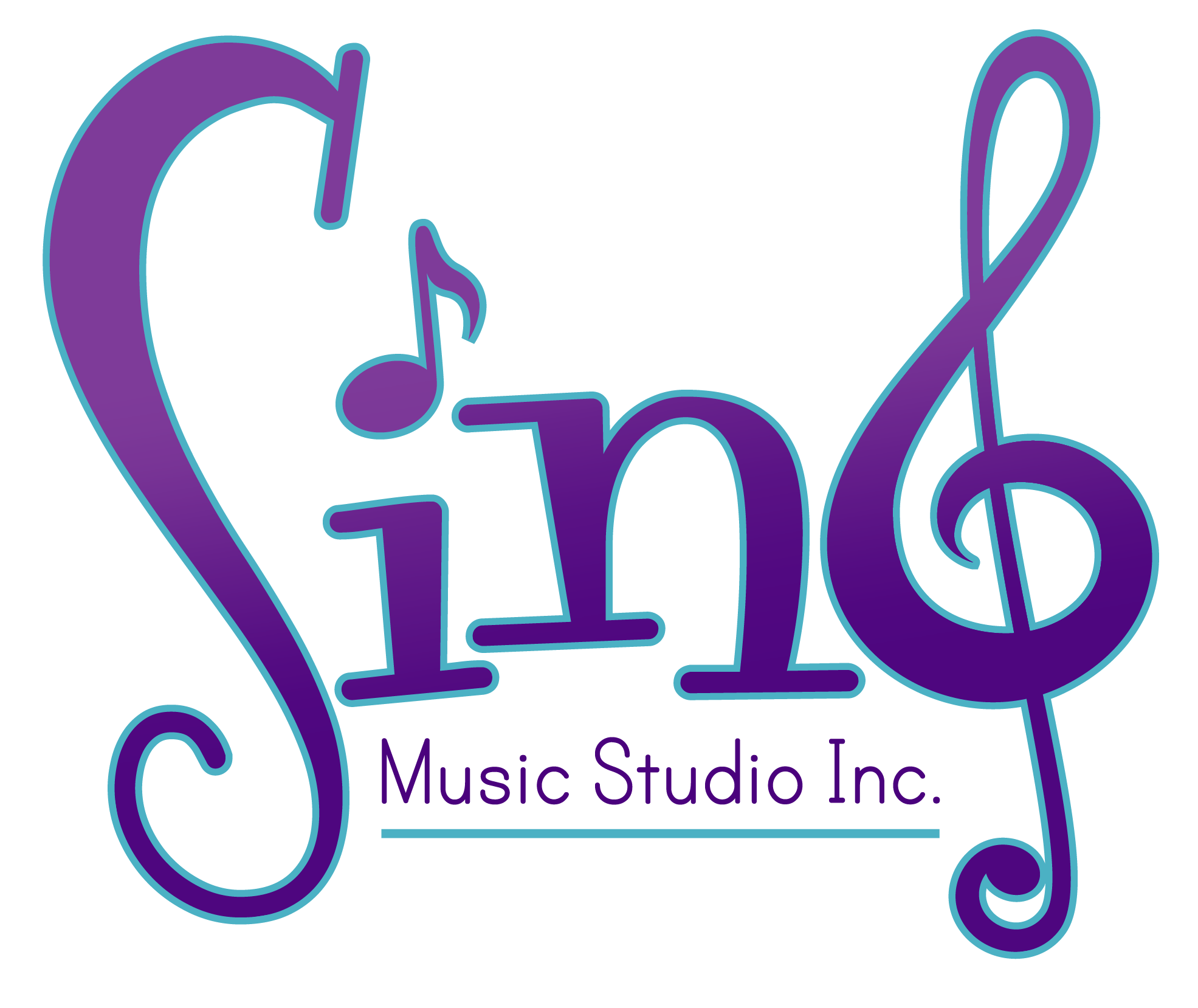Spotlight on Move & Groove for School Aged Kids: Drums, Drums, Drums (April/May unit)

Do you remember taking spelling tests as a child? Sitting at your desk, listening intently as your teacher said a word, and then trying to visualize what the word looked like while also attempting to write it on your paper or (gasp!) spell it out loud in front of the whole class? Ugh! For English speakers, that silent “e” caught many of us off guard. You probably didn’t realize it at the time but listening, identifying the word, and then writing the word down helped you become a better reader.
Although we don’t give spelling tests (or any tests, for that matter) in Kindermusik, we do give your child’s ears lots of musical practice in listening to rhythms, identifying what they hear, repeating them, and using rhythm cards to “write” the patterns down. We call this process rhythmic dictation. So, while we “ta ta ti-ti ta,” clap, pick out the right rhythm card, or play an instrument along with “Tepok Amai-amai,” your child gains practice in recognizing relationships between sounds and symbols, which supports your child’s budding musicianship and early literacy skills.
Everyday Connection: Are you copying me? Children love to be a copycat. Clap out a rhythm and let your child repeat it. Make each clapping rhythm more difficult than the last. Take turns being the copycat.

